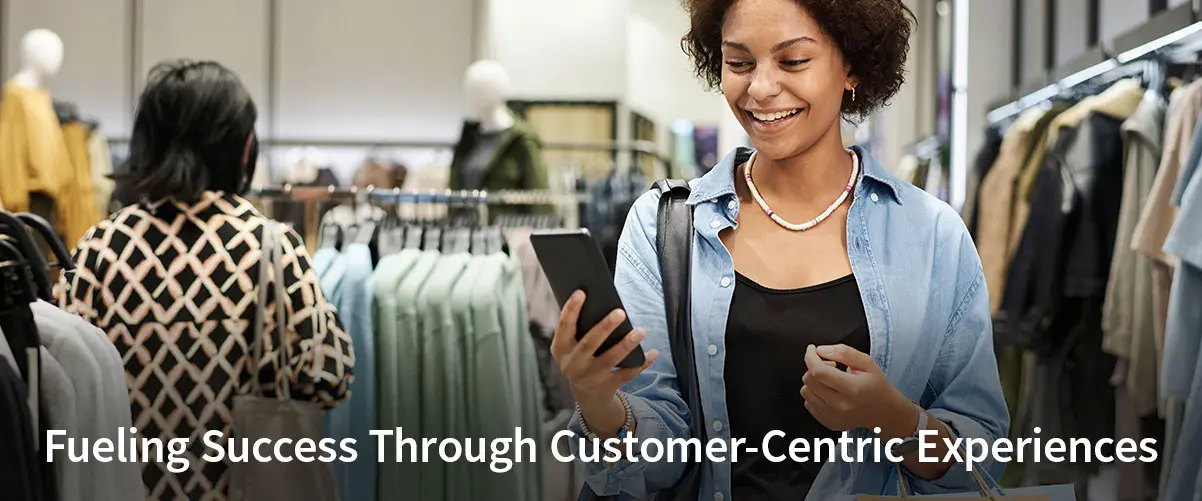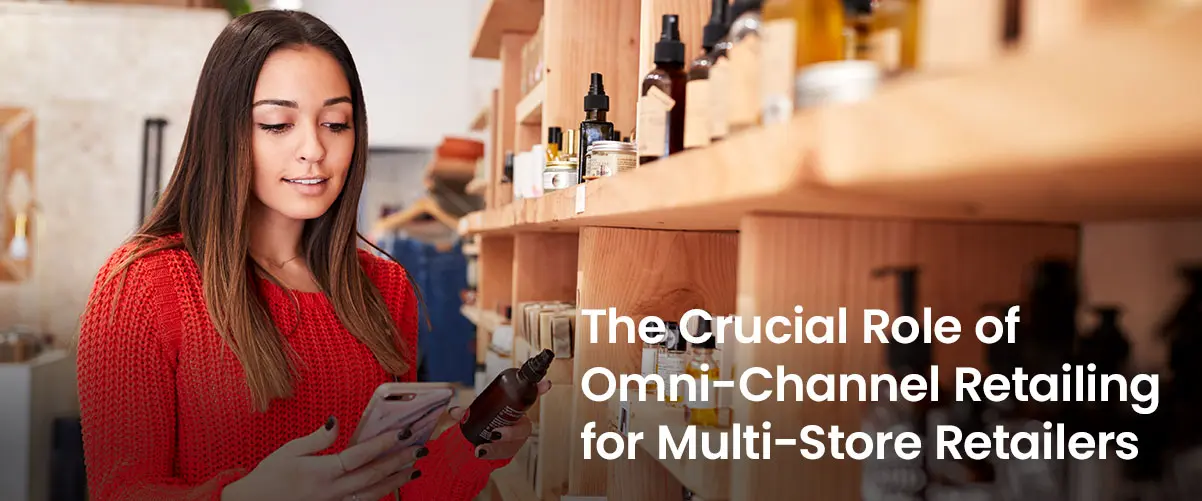
Welcome to the future of retail, where shopping isn’t just an activity—it’s an experience. In our hyper-connected world, customers hop effortlessly between online stores, physical shops, mobile apps, and social media, expecting a smooth and personalised journey at every turn. As a leading Unified Software company, ETP Group is here to show you how to build a customer-centric business that shines in this omni-channel retail universe.
Imagine walking into a store where everyone knows your name, your favourite products, and even your latest purchases. That’s customer-centricity. It’s all about making your customers feel special, understood, and valued. In an omni-channel world, this means creating a unified experience across every touchpoint. Whether your customers are browsing your website, shopping in-store, or scrolling through your app, the experience should be seamless, engaging, and tailored just for them.
Why does providing an omni-channel experience matter?
So, why should offering an omni-channel customer experience matter to you? Before we dive in, let’s check out some eye-opening statistics that underscore the importance of an omnichannel approach.
- Businesses with omnichannel strategies see 91% higher year-over-year growth.
- A robust omni-channel CRM strategy retains 89% of its customers.
- 71% of shoppers use smartphones for in-store research.
- Omni-channel customers spend 10% more online and 4% more in-store.
These stats clearly show that omnichannel customers are more valuable, driving better revenue and business growth.
How can omni-channel retail experiences help you create more valuable customers?
Enhanced Personal Experience: An omnichannel shopping experience allows customers to interact with your brand and shop through their preferred channels. They can compare and finalise products online and purchase them in-store. This level of hyper-personalisation and seamless transition between channels leads to a superior customer experience and higher satisfaction.
Boosted Customer Loyalty: When customers enjoy a stellar experience, they are more likely to stick with your brand and continue shopping with you. This increases customer loyalty and retention. Since loyal customers spend three to five times more than other customers, offering omnichannel experiences can significantly boost your revenue.
Step-by-step Process to Create an Omni-Channel Retail Experience for Your Customers
Every omnichannel customer engagement strategy should aim to provide a consistent experience across all channels. This requires identifying and integrating all customer touchpoints to deliver a seamless, unified experience.
If this seems challenging, follow this step-by-step process to create an effective omnichannel experience for your customers.
1. Research Your Customers and Create Buyer Personas
To create an effective omnichannel experience, understand what your customers need and their preferred channels. Conduct thorough research to identify who your customers are, which channels they use, and how they interact with your brand.
For example, Gen Z and millennials may favor online channels like social media, while older customers might prefer physical stores. Balance your online and offline channels based on these insights.
Then, compile this information to create detailed buyer personas. These personas help streamline your target audience, customer segments, and marketing campaigns, allowing you to run behaviorally targeted ads that are twice as effective as regular ads.
2. Identify Customer Touchpoints and Map Customer Journey
To optimise the experience across channels, identify where your customers connect with your brand—be it organic content, search engine ads, mobile apps, social media, third-party marketplaces, offline ads, in-store, and more.
A common misconception is that more touchpoints equal more sales. While multiple touchpoints can attract more customers, it’s not necessary to be present on every channel. Instead, focus on mastering a few key channels.
After identifying major touchpoints, map out your customers’ purchase journeys. Keep in mind that 92% of first-time visitors to a retailer’s website aren’t there to buy. Consumers often take a zig-zag journey, moving between channels and touchpoints. By mapping these journeys, you can spot opportunities to deliver seamless omni-channel retail experiences and better engage your customers.
3. Leverage the Right Tools and Technologies
With the rise of technology, offering an omni-channel CRM is now more accessible. However, the key is to choose the right tools that ensure seamless data flow between channels and touchpoints.
Essential tools for an omni-channel retail experience include:
- Live Help Tools such as Chatbots and live chat solutions
- Customer Relationship Management (CRM) tools to collect and unify customer data
- Operations Management Solutions for omni-channel inventory management and order management
- Social Media Management Tools to handle interactions across social channels
- Helpdesk Support Platforms to provide high-quality, multichannel support
- Ad Management Tools to manage advertisements across various channels
4. Recognise Elements that Impact Omni-Channel CRM
Many factors influence customer experience. For website visitors, ease of navigation, loading time, and content are crucial. In-store, product availability, and service quality matter. Each channel has unique elements that affect the customer experience.
As an omnichannel brand, identify and optimise these elements. Monitor customer behavior closely. If many customers abandon their cart at checkout, revamp the checkout page. If store visitors aren’t making purchases, consider hiring new sales staff.
5. Collect and Analyse Customer Feedback
Mapping your customers’ journey and monitoring their behavior provides insights into their shopping experience. However, to truly understand their thoughts and feelings, collecting feedback at every touchpoint is essential.
There are various methods to gather customer feedback. Prompt customers to complete feedback forms after purchases, send follow-up emails and social media messages requesting their input and use polls or surveys to gather additional insights.
6. Cultivating a Customer-Centric Culture
The heart of a customer-centric business lies in its people. It’s about fostering a culture where everyone is committed to delighting the customer. This involves training your team to anticipate and meet customer needs, empowering them to go above and beyond in service, and constantly seeking ways to improve. Leadership plays a key role here, setting clear goals, encouraging innovation, and celebrating customer-focused achievements.
Wrapping It Up
In today’s omni-channel retail world, building a customer-centric business is a must. By embracing omni-channel, harnessing the power of data, integrating cutting-edge technology, and nurturing a customer-first culture, you can create memorable, personalised experiences that keep customers coming back.
At ETP Group, we’re excited to help you navigate this dynamic landscape and put your customers at the center of your universe. Contact us today!








